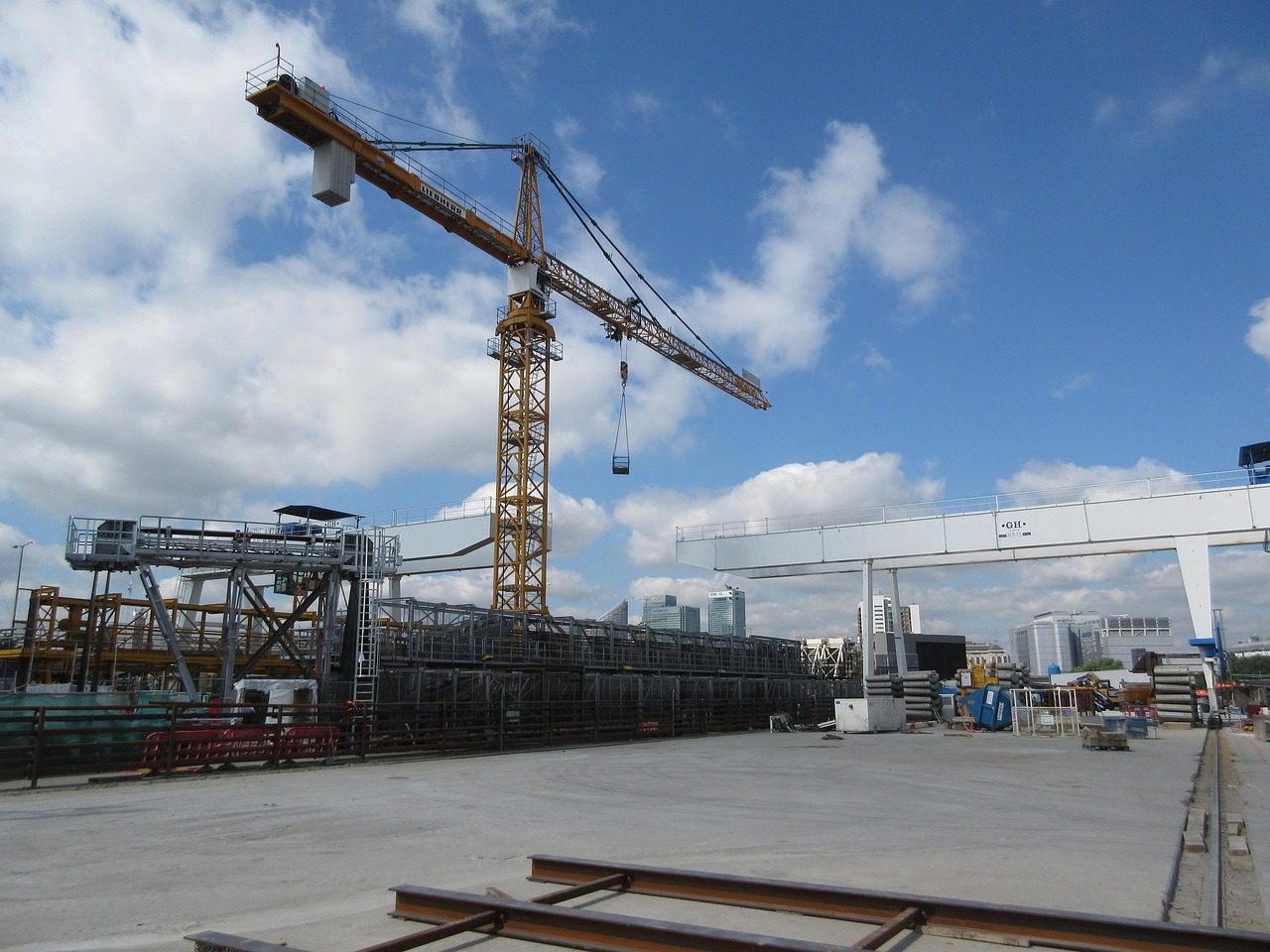
Study reveals key practices to combat forced labor within supply chains
A new field study reinforces the best ways to minimize forced labor in the supply chains of multinational organizations through a collective effort among governments, companies, consumers, and workers to prioritize ethical practices, transparency, and accountability
The International Labor Organization (ILO) estimates that 50 million people are living in slavery, and that human trafficking generates $150 billion in illicit profits annually. Simply put, forced labor is used because of economics, in which bad actors are motivated by financial profit. Further, the use of forced labor in the production of imported goods undermines legitimate trade and competition.
Given the scope of forced labor, governments, companies, consumers, and workers in mature markets play vital roles in alleviating human suffering, safeguarding human rights, and eliminating crimes of human exploitation. To collectively urge for action, a recent field study on forced labor in Malaysia and Thailand highlighted the necessity of a multi-pronged approach to combat forced labor in global supply chains around the world. The study was led by Heather Fischer, Senior Adviser of Social Impact and Human Rights at Thomson Reuters.
Defining forced labor
Forced labor, as defined by the ILO, encompasses situations in which individuals are coerced into working through the abuse of vulnerability, isolation, deception, intimidation, and threats, and often includes physical and sexual violence, excessive overtime, abusive living conditions, withholding of wages, debt bondage, retention of identity documents, abusive working conditions, and restriction of movement.
In addition, a range of goods are produced with the use of forced labor. For example, the U.S. Department of Labor currently lists 159 goods from 78 countries on its forced labor list, including:
-
-
- agricultural goods such as sugar cane, cotton, coffee, tobacco, cattle, rice, and fish;
- manufacturing goods including bricks, garments, textiles, footwear, carpets, and fireworks; and
- mined or quarried goods including most commonly gold, coal, and diamonds.
-
Laws in mature markets aim to reduce forced labor
Laws to eliminate forced labor have been growing in jurisdictions around the world over the last decade. Most recently, Canada’s modern slavery law went into effect in early 2024 and requires certain entities to file annual reports on their efforts to identify, address, and prevent forced labor and child labor.
The United Kingdom passed its modern slavery act in 2015 that required large businesses to publish an annual statement on their website about their efforts to prevent modern slavery in their businesses and supply chains. The statement must include information about areas of risk, steps taken to address the risk, and training available to staff.
In addition, The European Union is taking multi-pronged approach to combatting forced labor by examining what goods within its borders are made with forced labor for a draft legislation, and by passing mandated supply chain due diligence requirements effective in 2028. The objective of those new requirement is to compel companies to identify and address human rights impacts and potential violations in their operations, subsidiaries, and supply chains.
In the United States, The Uyghur Forced Labor Prevention Act (UFLPA), which became effective in June 2022, prohibited goods that are mined, produced, or manufactured wholly or in part in Xinjiang, China from being sold in the US. From June 2022 to October 2023, U.S. Customs has seized goods worth $2.096 billion due to violations of the UFLPA.
